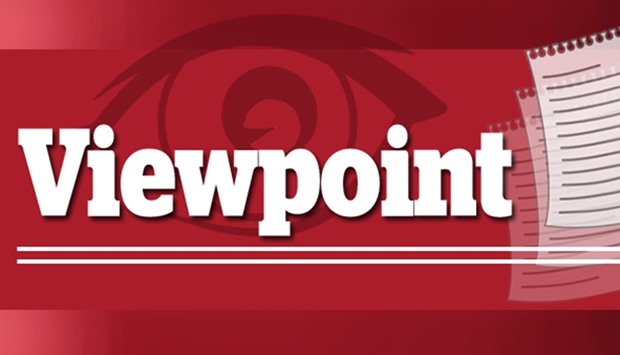The prospects for two more Fed rate increases this year remain doubtful as the US job market data have showed some signs of weakness in May, contrary to the expectations of the country’s central bank.
May’s job growth in the world’s largest economy amounted to just 138,000, in place of the expected 185,000.
According to analysts, the weak jobs number raises the question of whether soft job growth is a sign of an economic slowdown or labour market tightness.
That said, many analysts believe the US Federal Reserve would indeed increase rates at its meeting in the second week of June.
The economy is regaining speed after struggling at the start of the year and is moving forward at an acceptable pace, they say.
The unemployment rate, now at its lowest level in 16 years, is expected to remain unchanged at 4.4%.
Consumer spending, which accounts for more than two-thirds of the US economic activity, is likely to remain on solid ground in the wake of some reports in late May that showed confidence among households still at lofty levels despite some slippage this month and strong gains in house prices in March.
The US central bank hiked rates by 25 basis points in March. It is expected to do so again at its June 13-14 policy meeting.
A June hike would be the second this year and third since December.
The Institute for Supply Management (ISM) said its index of national factory activity ticked up to a reading of 54.9 last month from 54.8 in April.
The index had hit a 2-1/2-year high of 57.7 in February amid optimism over President Donald Trump’s pro-business policy proposals.
But, the index had declined for two consecutive months as concerns mounted in the business community that political scandals could derail the Trump administration’s economic agenda, including its push to cut corporate and individual taxes.
The Fed has kept rates at low levels since the global financial crisis to stimulate economic activity by encouraging borrowing and risk-taking. It is gradually raising rates toward historically normal levels as the economy improves.
While the Fed has forecast two more rate hikes this year, various reports indicate the market doubts the central bank’s ability to initiate a rate increase beyond June this year.
This is because inflation still remains a problem in the US. The Fed aims to maintain moderate inflation, rather than price stability, because that lets the Fed cut interest rates more sharply during an economic downturn.
Inflation also eases downward economic adjustments. Employers, for example, can cut costs by raising wages more slowly than inflation, which may be easier for workers to accept than an outright pay cut.
The Fed also wants to avoid deflation, or price declines, because as things become cheaper each day, consumers and businesses postpone buying and economic activity shrinks more.
Increased consumer spending and a rebound in monthly inflation certainly point to firming domestic demand in the US that could allow the Federal Reserve to raise interest rates next month.

Viewpoint
